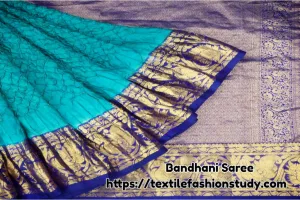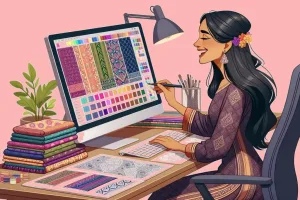Table of Contents
Direct Dyes
Direct dyes form strong connections by forming direct associations with their substrates with no help from outside agents. Because direct dyes have so many polar, ionizable, or readily ionizable groups in their chemical structures, this property results from those groups. The development of the dye-substrate complex is made possible by these groups because they promote the formation of hydrogen bonds, van der Waals forces, and dipole-dipole interactions with the substrate.
Direct dyes are one of the most important dye classes in the textile coloration process. However, a magnificent fusion of art, science, and industry may be found in the intriguing world of dyes and pigments, which has a unique charm. Among the numerous kinds, direct dyes have a significant position because of their broad color spectrum, simplicity of application, and multitude of uses.
These dyes provide a simple and affordable way to color cloth; they are mostly used on cellulosic fibers. Their contribution to fabric performance and environmental sustainability goes well beyond aesthetics. Thus, a thorough grasp of the many elements of direct dyes will not only help to recognize their essential function in textile science but also improve the capacity to fully utilize their potential.
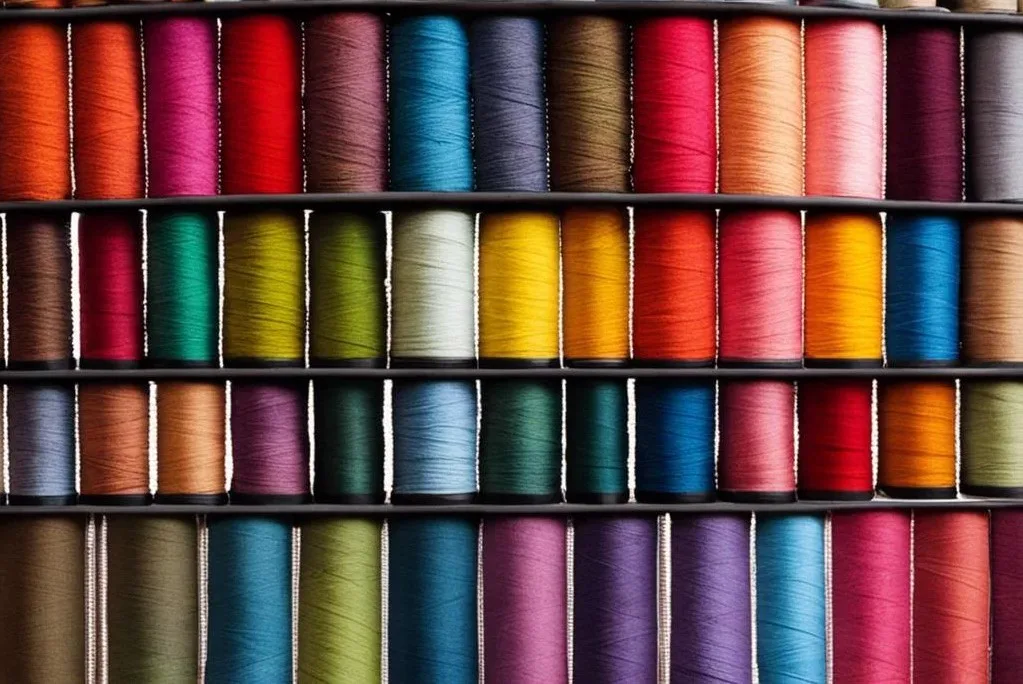
Classification of Direct Dyes
In order to fully comprehend the intricate realm of dyes, one must examine a broad range of topics, including their fundamental chemistry and physics as well as historical, anthropological, and sociological elements. This fascinating discussion is inherently centered around one large class of dyes, called direct dyes, and it is in this group that we discover a plethora of remarkable chemical inventiveness. An exploration of the palette of colors is provided by a rigorous investigation of the categorization of direct dyes and the reasoning behind it.
Direct dyes are categorized according to a number of criteria, including their chemical makeup, dying capabilities, and color attributes. The following are some typical direct dye classifications:
Chemical Composition:
- Monoazo Direct Dyes: The molecular structure of these dyes has a single azo group (-N=N–). They are frequently employed to color cellulose fibers.
- Diazo Direct Dyes: The molecules of these dyes include two azo groups. Their vivid and dazzling hues are well-known.
Color Characteristics:
- Substantive Direct Dyes: These dyes may be applied directly without the requirement for a mordant because of their strong affinity for cellulose fibers. Their strong color fastness is what makes them unique.
- Insoluble Direct Dyes: These dyes give strong fastness qualities by forming insoluble particles on the fiber surface. They are frequently used in dark hues.
Application Properties:
- Direct Dyes with High Leveling: These dyes color fibers uniformly and have high leveling characteristics. For the cloth to have a constant hue, this is crucial.
- Non-Leveling Direct Dyes: The application of these dyes needs to be done carefully to provide consistent coloration because they may show uneven dyeing.
Properties of Chemistry:
- Leuco Direct Dyes: Colorless leuco compounds are one type of direct dye that can be used. After that, they oxidize to take on their colorful shape on the textile substrate.
Substrates:
- Cellulose direct dyes: Cellulose direct dyes are made especially for cellulose materials such as rayon and cotton.
- Protein Direct Dyes: Protein-based fabrics like wool and silk are the target market for Protein Direct Dyes.
Qualities of fastness:
- Direct Dye with Improved Fastness: A few direct dyes undergo modifications or treatments to improve their resistance to light, washing, and sweat.
On the other hand, the classification of direct dyes comprises several criteria, such as chromophore types, substantivity, solubility, and application characteristics, among others.
Chromophores: One type of categorization is based on chromophores, which are molecules that absorb light and give an object its color. The main chromophore classes in direct dyes are azo, anthraquinone, and phthalocyanine; each has a distinct color spectrum and fastness characteristics.
Substantivity: Another way to categorize direct dyes is by their substance, which is their ability to concentrate, absorb, or cling to the substrate. Dyes are classified as low, medium, or high substantive, depending on how substantively they differ.
Solubility: The foundation of direct dye categorization also comes from their solubility. Direct dyes are divided into three categories based on how soluble they are in water: soluble, somewhat soluble, and less soluble.
Lastly, the categorization delves into the characteristics related to usability. Different direct dyes have varying affinities for certain fabric types, dyeing bath temperatures, and pH levels. This phenomenon is shown in the preference of different direct dye selections for different materials such as cotton, silk, wool, rayon, nylon, and even leather.
Direct dyes are indispensable in the dyeing industry because of their virtuoso color spectrum, ease of use, and affordability, despite certain drawbacks such as fading in light or wringing and reliance on water quality. Along with our growing understanding of its chemistry and behavior, this essential class of dyes continues to be used and innovated with. This dyad—classification and understanding—deeply enhances the intriguing story of dyes. Direct dyes are fundamental to the future of the dyeing arts and sciences.
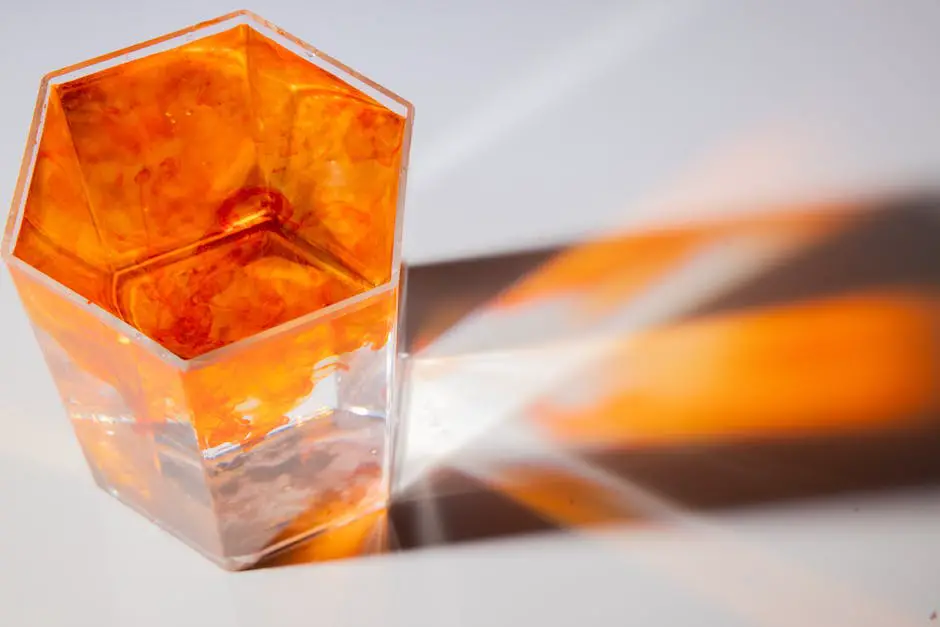
Application Process of Direct Dyes
The direct dyeing process is essential to know. Understanding and enjoyment of this previously seemingly routine procedure are increased by delving into the exact mechanism and the hidden scientific principles underlying the application of direct dyes. The trip reveals that the application of direct dyes may be understood as a complex dance of molecular forces and structures that culminates in fabrics and materials that are saturated with color.
Preparation of the substrate to receive the dye: The preparation of the substrate to accept the dye is the most important step in the application process for direct dyes. The substrate, which is frequently cotton or another textile, is carefully cleaned to remove any contaminants, such as fats, oils, or dirt, that might interfere with the dye’s application or cause it to react unfavorably. Subsequently, the substrate is submerged in an aqueous dye solution containing the water-soluble direct dyes.
Dye-fiber interaction process: Direct dyes, so named because of their ‘direct-to-fiber’ application, follow their natural substantivity properties and seep into the intricate fiber matrix of the substrate. These dyes migrate and then attach because of an affinity between the dye molecules and the substrate’s van der Waals forces. The course and result of this dye-fiber interaction are controlled by the equilibrium of many variables, including pH level, time, agitation, and temperature.
Intensifying the dye-substrate binding: In order to increase the dye-substrate binding, an “after-treatment” is usually used after dying. In order to create crosslinks between the dye molecule and the fiber substrate, a method of sealing using metal salts or other chemical fixatives may be used. More wash and light fastness of the colored substrate are guaranteed by this method, which creates a more robust molecular complex.
The interaction of color and light is an important aspect of direct dye application. Chromophores are portions of molecules that produce color, and direct dyes transport them. They reflect back the wavelengths of visible light that are not absorbed and which our eyes interpret as color. The main factor influencing the dye’s visible color on the substrate is the kind of chromophore it contains.
Direct dyes are known for having lower wash fastness, which is a fundamental drawback in their use even if they display a world of vivid, rich colors on cellulosic fabrics. In addition, the use of metal salts in the post-treatment phase does increase the risk of environmental effects because of their toxicity. These factors demand greater study in order to develop creative fixes for these drawbacks, making the direct dyeing method more environmentally friendly and industrially productive.
Direct dye application is a fascinating story that combines chemistry, physics, and material science into a cohesive whole. This partnership promotes a deeper comprehension of direct dyes, highlighting their significance in a range of industries, including textiles, the arts, and even science. This investigation demonstrates how the use of direct dyes is an intriguing process that is rooted in science much more deeply than its surface may imply, moving from the molecular level to a visible and colorful canvas.
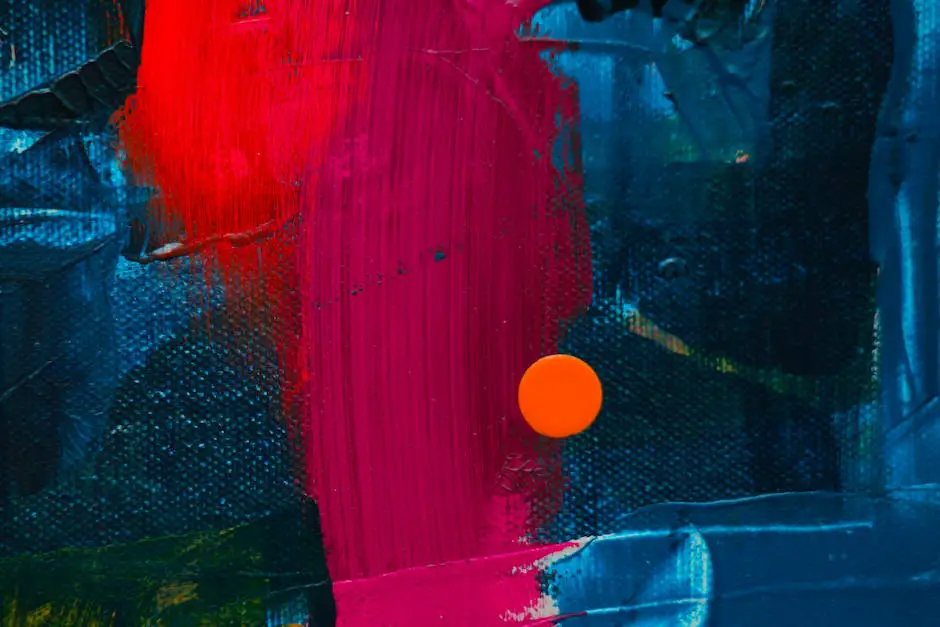
Benefits of Direct Dyeing
Direct dyeing has lots of advantages in the wet processing process. After providing such a thorough introduction, it’s time to explore the special benefits that direct dyes offer and why they are such a significant asset to the clothing and textile industries. Direct dyes eliminate the need for a mordant or the laborious application processes common to other dye classes by adhering to the fiber substrate directly, as their name implies. The principle benefits of direct dyeing includes:
- It makes wide range of color.
- Direct dyes are easy to use.
- It is cost effective.
- Good light fastness is another advantages of direct dyeing.
- It produce high color yield.
- It is easy to wash.
- Also, it is environmental friendly.
- It is suitable for variety of fiber dyeing.
Easy to use: The application’s ease of use is quite appealing. Because they create strong chromophore-substrate connections through processes including hydrogen bonding and dipole-dipole interactions, direct dyes continue to have a strong affinity for hydrophilic fabrics like rayon, cotton, and silk. The way the dye interacts with the substrate creates an intimate bond that results in a vivid color manifestation; it is not just a surface phenomenon.
Uniform application and enhanced visual charm: Furthermore, the wide range of colors available to both professional and amateur dyers equals the simplicity of application. Because of the variety of chromophoric groups that are accessible, direct dyes cover the whole visible spectrum, providing unmatched coloristic freedom for post-dyeing projects. The solubility of direct dyes in water serves to further amplify this, enabling more consistent application and improved aesthetic appeal.
Economical factors: Moving on to more practical considerations, direct dyes provide a large cost benefit. Their simple application eliminates the need for extra binding chemicals or expensive equipment, which makes them an affordable choice for both small-scale, artisanal projects and large-scale industrial applications.
Uniform dyeing performance: The consistent dyeing performance of direct dyes is also notable. Applying them from an aqueous medium allows them to permeate the fiber network with ease and provide uniform color across the material. They are a popular option for obtaining solid-color finishes on clothing and textiles because of their consistent color saturation.
Durability issues: Improvements in the processes used in the production and application of direct dyes have significantly addressed difficulties with durability, particularly those pertaining to wash and light fastness. Though historically weak in durability, new developments such as dye molecule modifications and post-treatments have significantly increased the resistance of classic direct dyes to unfavorable environmental conditions.
As significant as these advantages might be, it wouldn’t be right to downplay the concurrent changes taking place in the dyeing industry. Significant progress is being made in changing other dye classes, creating distinctive characteristics, and increasing competitiveness with direct dyes. Consequently, even though direct dyes provide a unique set of benefits, there is still a need for continued scientific investigation and development to strengthen their position in the dynamic and always changing field of applied and industrial coloring. Such advancements further solidify the multifaceted significance of these essential colorants in our dynamic environment and are encouraging for future interactions between dyes and substrates.
Drawbacks of Direct Dyeing
Focusing even further, careful consideration needs to be given to the main challenges facing the direct dyes industry—aspects that now provide significant obstacles to its widespread adoption and use. The idea is to acknowledge the benefits of direct dyes—such as their exceptional application ease, affinity for hydrophilic fabrics, and wide color range—while closely examining any potential drawbacks. The main drawbacks of direct dyeing are as follows:
- It has poor wash fastness.
- Rubbing fastness of direct dyes are also poor.
- It has limited color range.
- Poor light fastness.
- It makes health concern.
- Its application area is limited.
- Direct dyeing makes environmental concern.
Wash fastness: The fastness of direct dyes segment details a field full of opportunities for development. There are some drawbacks to wash fastness, which gauges how well a colored fabric resists fading or color transfer while washing. Although direct dyes have a very intense color, they are unfortunately not as resilient to wash conditions. Customer happiness and the sustainability of colored products are thus hampered by the difficulty to retain color vibrancy and purity, especially in the textile sectors where product lifetime is crucial.
Rub fastness: The rub fastness of direct dyes poses an additional challenge in addition to wash fastness. When a dyed material is able to withstand color bleeds caused by physical agitation or friction, it is said to be rub fast. For direct dye applications to be considered reliable and strong, this is an area that has to be significantly improved.
Environmental impact of direct dyes: In this discussion, the effects of direct dyes on the environment also cannot be disregarded. This characteristic, strangely, is what drives pollution problems despite their great solubility in water. The colorants and other auxiliary chemicals used in dyeing process effluents greatly contribute to water contamination. There are two consequences: first, it contaminates ecosystems and water bodies; second, it requires significant water treatment before to disposal. Some of these issues can be resolved by improving dye absorption and securing mechanisms, however a better environmentally friendly method of dye composition and application is required.
Temperature sensitivity of direct dyes: The temperature sensitivity of direct dyes is another restriction found in the chemico-physical domain. Their solubility has drawbacks in terms of heat stability even if it may improve dyeing performance. A few direct dyes can only be used in a limited range of processing temperatures in order to get the best color application. To get beyond these temperature restrictions, dye composition and technique advancements are essential.
Reactive and vat dyes are examples of substitutes for direct dyes that exhibit improvements, particularly in terms of fastness qualities. The industry is roiled by rivalry among the dye classes, which further restrains the use of direct dyes. However, further scientific investigation and study promise the discovery of fresh approaches to address these issues head-on and improve the art and science of direct dyeing.
It is evident that although direct dyes have many advantages, these drawbacks are critical barriers to achieving their full potential. Thus, addressing these both a challenge and an opportunity for subject matter experts and future leaders. It represents the fundamental core of scientific inquiry: an ongoing effort to improve, comprehend, and innovate.
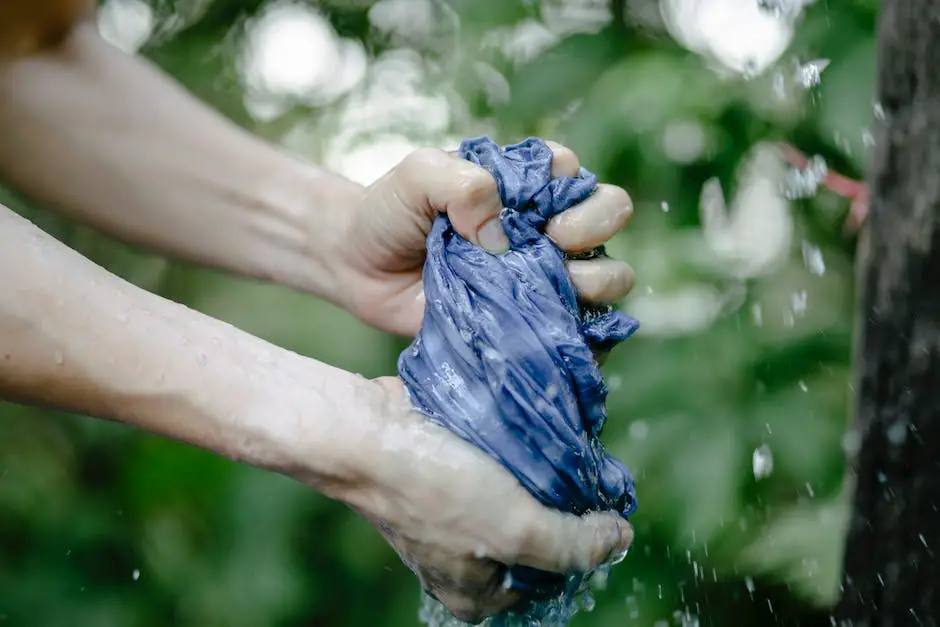
In sum, It is possible to make well-informed judgments on the use of direct dyes and to address any potential issues that may arise by carefully weighing their advantages and disadvantages. Though they have their own set of drawbacks, including slight shade variations, less washfastness, and lower brightness ratings, they still stand out as a viable and affordable choice for a variety of textiles.
Nonetheless, direct dyes are a major force in the textile industry because of their wide color palette, adaptable application method, and little environmental effect. Understanding direct dyes can enable professionals to take advantage of their advantages while skillfully managing their disadvantages as we advance in our search for creative and sustainable color solutions. Consequently, this can foster the ongoing development and expansion of textile science and industry.
References:
- Textile Dyes by N. N. Mahapatra
- Textile Engineering: An Introduction, Edited by Yasir Nawab
- An Introduction to Textile Coloration: Principles and Practice By Roger H. Wardman
- Physico-chemical Aspects of Textile Coloration by Stephen M. Burkinshaw
- Handbook of Textile and Industrial Dyeing, Volume 1: Principles, Processes and Types of Dyes Edited by M. Clark




